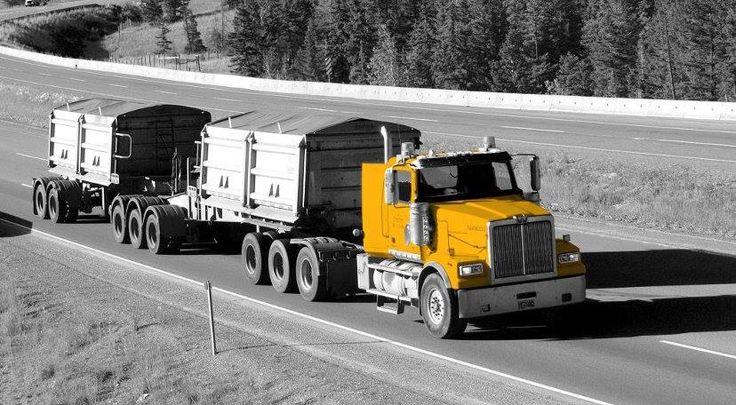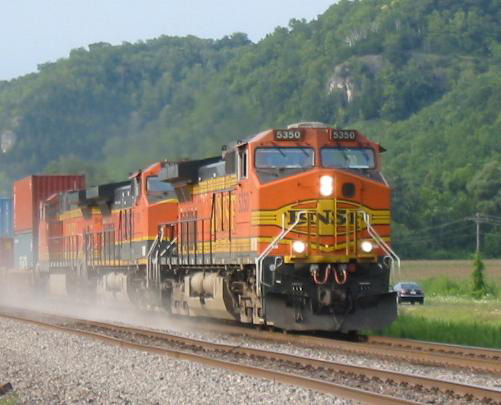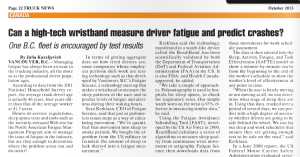Wearable technology a game changer in transportation safety

“The fact that you and your workforce are aware that fatigue could be an issue means that drivers are less likely to come up with some excuse when they hit a ditch.”
Recently one of our clients, Dan De Palma, General Manager of Northern Operations at Arrow Transportation Systems, and our own CEO Sean Kerklaan took time to talk with Fleet Owner Magazine. Topics ranged from health and safety to sleep and wearable technology in the trucking industry.
From hours of service regulation to insurance costs for trucking companies, both Kerklaan and De Palma offer experienced insights into the rapidly changing field of transportation safety. Of particular interest is what De Palma shares as it relates to the 200+ Arrow drivers who’ve used Fatigue Science technology to date, including the discovery of some significant, previously unknown health issues:
“We….learned that on average ten to twenty percent of our drivers had some sort of sleeping disorder,” De Palma told Fleet Owner. “We took a lot of pride in that because it was a way to give back to our workforce and say, “Look, I think you need some help.”
Definitely worth a further look for those interested in reducing fatigue-related accidents in the workplace. Read the full story here.
October 2016 Update: Arrow Transportation Systems was one of our customers featured in the Canadian Broadcasting Company’s The National in-depth report on driver fatigue.
Interested in learning more about data-driven fatigue management?
or download our free eBook on the Science of Sleep for industrial workforces

